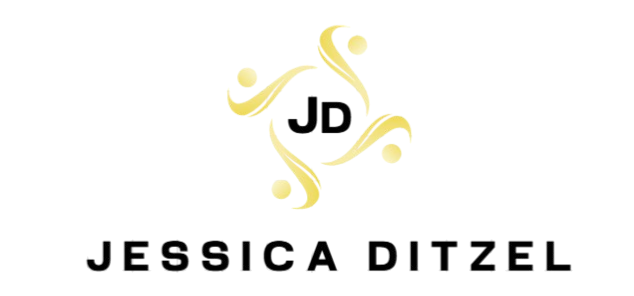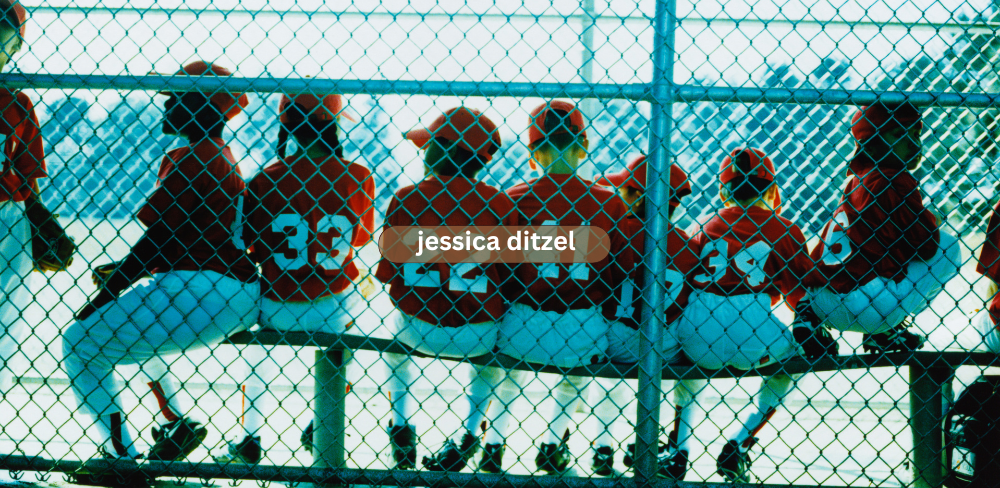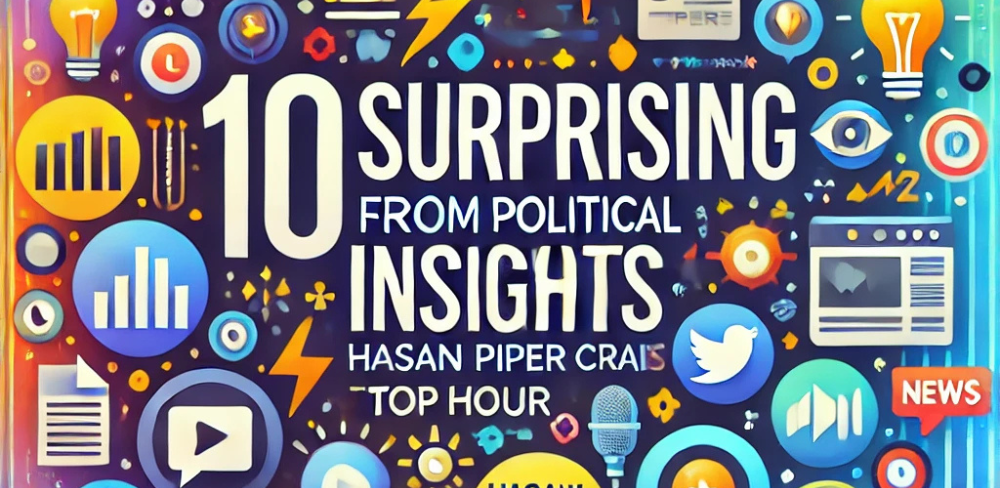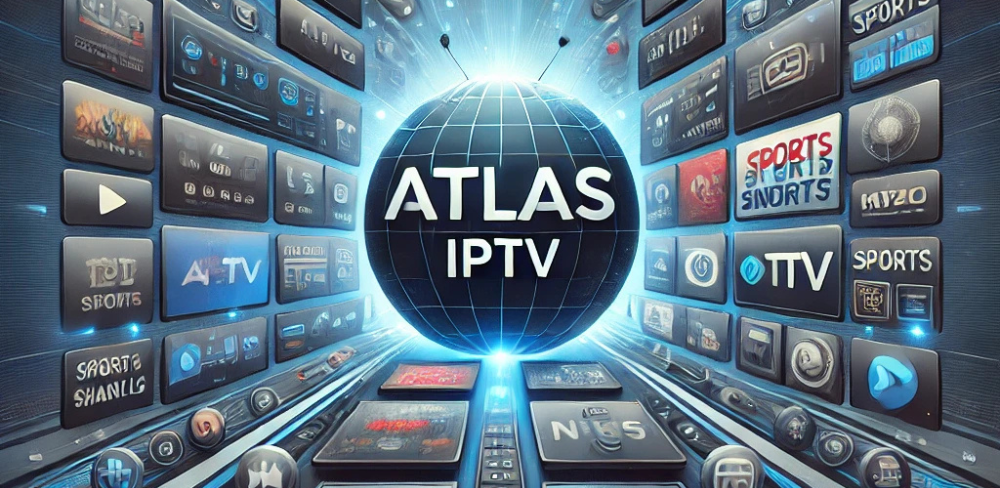The Evolution of Zach Synder Justice League Chirs Telio
The release of Zach Synder Justice League Chirs Telio in 2021 was a monumental moment in cinematic history. After years of fan campaigns and online petitions, Snyder’s original vision for the Justice League was finally brought to life, thanks in part to his creative collaboration with screenwriter Chris Terrio. This four-hour epic introduced audiences to a much deeper and more intricate story than the 2017 version.
In this article, we’ll explore how Zach Snyder’s Justice League evolved and the essential role that Chris Terrio played in shaping the film’s narrative. We will also take a closer look at why this movie resonated with fans and how it differed from the original theatrical cut. Let’s delve into the genius behind Zach Snyder’s Justice League Chris Terrio and uncover the magic that made this version a fan-favorite.
1. Zach Synder Justice League Chirs Telio: A Brief Overview
Before diving into the role of Chris Terrio, it’s essential to understand the context of Zach Synder Justice League Chirs Telio. The original theatrical cut, which was released in 2017, was met with mixed reviews and fan dissatisfaction. After Snyder stepped down during post-production due to a personal tragedy, Joss Whedon took over and re-shot significant portions of the film, resulting in a tone that many felt diverged from Snyder’s darker, more dramatic vision.
The Snyder Cut, however, was released in 2021 and restored Snyder’s original intent. This version of Justice League featured more in-depth character development, particularly for characters like Cyborg, and a much darker, epic storyline. Chris Terrio‘s script was pivotal in creating the emotional weight and complexity that many felt was missing from the 2017 version.
2. The Impact of Zach Synder Justice League Chirs Telio
Chris Terrio, known for his Oscar-winning work on Argo and his involvement in films like Star Wars: The Rise of Skywalker, was integral to the creation of Zach Snyder’s Justice League. His expertise in crafting complex, character-driven stories allowed the Justice League screenplay to explore deeper themes, such as redemption, heroism, and the personal struggles of each character.
In Zach Snyder’s Justice League, Chris Terrio expanded on the backstories of heroes like Cyborg and Flash, providing them with emotional arcs that weren’t present in the original cut. His collaboration with Snyder ensured that the narrative felt more cohesive, giving weight to the individual journeys of the characters while also building toward the team’s united goal.
3. Character Development in Zach Synder Justice League Chirs Telio
One of the standout aspects of Zach Snyder’s Justice League is its emphasis on character development, which is largely attributed to Chris Terrio‘s writing. In the 2017 theatrical version, several characters, especially Cyborg and Flash, were underdeveloped, leaving fans wanting more.
In contrast, Zach Snyder’s Justice League Chris Terrio put Cyborg, played by Ray Fisher, at the emotional core of the story. Cyborg’s journey from a broken man grappling with his new reality to becoming a crucial part of the Justice League is a testament to Terrio‘s skill in fleshing out characters. Similarly, Flash’s deeper backstory added layers of emotional depth that made the character more relatable and pivotal to the film’s narrative.
4. The Darker Tone: How Chris Terrio Influenced the Mood of Justice League
The tone of Zach Snyder’s Justice League is noticeably darker and more serious compared to the 2017 cut. Much of this can be attributed to the screenplay by Chris Terrio. His writing helped elevate the stakes, making the battle between the Justice League and Steppenwolf feel more urgent and impactful.
Terrio’s approach to dialogue and character interactions brought a sense of gravitas to the story. Each hero’s personal struggle felt real and weighty, aligning with Snyder’s vision of a more grounded, mythological take on superheroes. The inclusion of darker themes, like loss, sacrifice, and redemption, helped make Zach Snyder’s Justice League Chris Terrio feel like a true epic, more aligned with Snyder’s previous work on Man of Steel and Batman v Superman: Dawn of Justice.
5. Chris Terrio’s Vision for Justice League’s Story Arc
Chris Terrio was instrumental in shaping the overarching story arc of Zach Snyder’s Justice League. He expanded the scope of the narrative, giving more context to the events leading up to the final battle and setting up a foundation for future storylines. His vision included the exploration of key plot points, such as the Anti-Life Equation and the return of Darkseid, which were absent from the 2017 version.
In Zach Snyder’s Justice League Chris Terrio, the additional scenes and dialogue provided much-needed clarity and helped connect the dots between the heroes’ actions and the larger threat looming over the universe. This expanded story arc not only made the film more engaging but also gave fans a sense of what Snyder had originally envisioned for the Justice League franchise.
6. Differences Between the 2017 Cut and Zach Synder Justice League Chirs Telio
There are several significant differences between the 2017 theatrical cut and Zach Snyder’s Justice League Chris Terrio. These differences go beyond just additional footage and expanded scenes—they extend to the very heart of the movie’s story and themes.
- Length: The Snyder Cut is nearly twice as long as the 2017 version, giving characters more time to develop and the story more room to breathe.
- Tone: While the 2017 cut had a lighter, more comedic tone (especially with Whedon’s reshoots), Zach Snyder’s Justice League Chris Terrio maintained a darker, more serious tone throughout.
- Villain: Steppenwolf is a much more formidable and complex villain in the Snyder Cut, with clearer motivations and connections to Darkseid.
These differences helped transform Zach Snyder’s Justice League into a more cohesive and compelling film that was praised by both critics and fans.
7. Fan Reception and Legacy of Zach Synder Justice League Chirs Telio
The release of Zach Synder Justice League Chirs Telio was met with overwhelmingly positive reception from fans. After years of campaigning for the release of the Snyder Cut, fans were thrilled to see the director’s original vision brought to life, complete with the depth and complexity that Terrio’s screenplay provided.
Many fans praised the way Chris Terrio‘s writing expanded the emotional weight of the characters, particularly Cyborg and Flash. The more detailed story arcs and richer character development made this version feel more complete and satisfying than the original release. The legacy of Zach Synder Justice League Chirs Telio now stands as a testament to fan dedication and the importance of creative integrity in filmmaking.
Conclusion: The Power of Zach Synder Justice League Chirs Telio Collaboration
In conclusion, Zach Synder Justice League Chirs Telio is not just a director’s cut—it’s a complete reimagining of the Justice League story, thanks in large part to Chris Terrio‘s thoughtful and intricate screenplay. Together, Snyder and Terrio crafted a film that explored deeper themes, gave characters more emotional weight, and provided a narrative that resonated with audiences on a much more profound level.
The combination of Snyder’s visual storytelling and Chris Terrio‘s complex writing turned Zach Synder Justice League Chirs Telio into a cinematic triumph. For fans of superhero films and deep, character-driven narratives, Zach Synder Justice League Chirs Telio is a masterclass in how creative collaboration can elevate a story to new heights.




